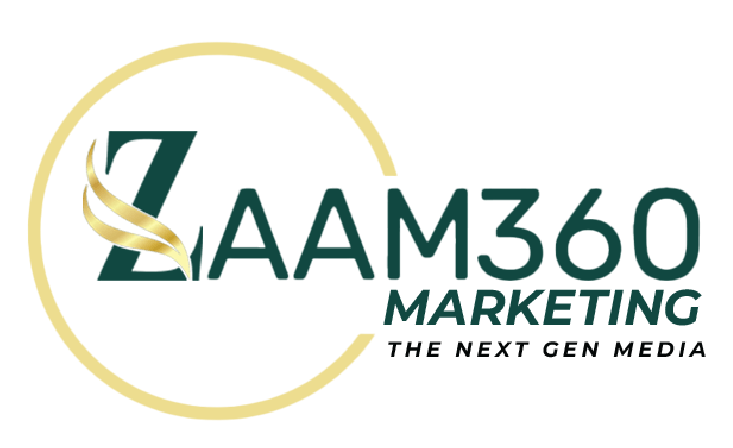
Take Your Social Media Marketing to
Performance Marketing
Performance Marketing is a results-driven approach to digital advertising where brands pay only for measurable actions—such as clicks, leads, downloads, or sales—instead of just impressions or reach. Unlike traditional marketing, which focuses on visibility and awareness, performance marketing ensures every campaign is directly tied to return on investment (ROI), making it a cost-effective way for businesses to achieve growth.


Performance marketing campaigns rely on real-time tracking, analytics, and optimization:
How Performance Marketing Works
Goal Setting: Defining clear objectives (e.g., lead generation, sales, app installs).
Channel Selection: Choosing the best platforms such as Google Ads, Facebook, Instagram, LinkedIn, or affiliate networks.
Ad Creation: Developing creative content that captures attention and drives action.
Targeting & Optimization: Using data-driven tools like demographics, interests, and retargeting to reach the right audience.
Measurement: Tracking KPIs (Key Performance Indicators) such as CPC (Cost per Click), CPA (Cost per Acquisition), and ROAS (Return on Ad Spend).
Payment Model: Businesses only pay when a desired action is achieved.
Performance Marketing Channels
Search Engine Marketing (SEM): Ads on platforms like Google to capture intent-driven traffic.
Social Media Ads: Targeted campaigns on Facebook, Instagram, TikTok, and LinkedIn.
Display Advertising: Banner ads across websites and apps.
Affiliate Marketing: Partnering with publishers or influencers who earn commission per sale or lead.
Native Advertising: Ads integrated seamlessly into content for higher engagement.
Email & Retargeting: Re-engaging potential customers who showed interest but didn’t convert.
Combining Social Media Marketing with Extended Virtual Tours allows you to create a multi-dimensional digital presence that captivates and converts. Let Zaam360 help you take your social media game to new heights and provide an unforgettable virtual experience for your audience.
Impact of Performance Marketing
Positive Impacts:
High accountability—every dollar spent is measurable.
Greater efficiency compared to traditional media buys.
Real-time optimization for better results.
Flexibility to scale campaigns up or down instantly.
Challenges:
Requires constant monitoring and optimization.
Increasing competition drives up ad costs.
Dependence on third-party platforms (Google, Meta, etc.) and their policies.
Overemphasis on short-term results may overlook long-term branding.

Future of Performance Marketing
AI-driven targeting and automation for smarter ad optimization.
First-party data strategies due to stricter privacy laws and reduced third-party cookies.
Integration with branding—balancing measurable results with brand storytelling.
Cross-channel attribution models to track the full customer journey.

